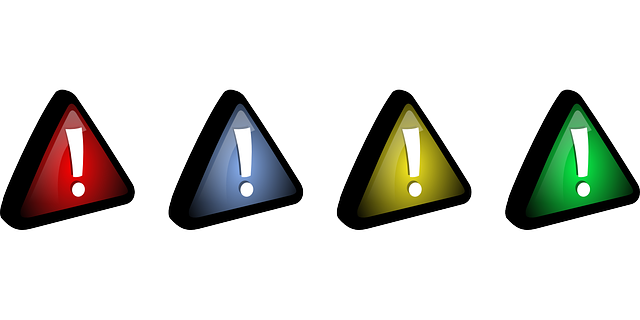Attention Wars: Why Emails, Slack Messages, and Calls Are Often Overlooked

In today’s digital workplace, communication tools are abundant—email, Slack, WhatsApp, Messenger, and traditional phone calls. Yet, despite having more channels than ever, messages are often ignored or missed. For call centers and decision-makers, understanding why certain messages are overlooked can improve communication efficiency, customer satisfaction, and internal productivity.
1. Why Messages Are Overlooked
1.1 Information Overload
The average office worker receives 121 emails per day, according to Radicati Group’s Email Statistics Report 2023. That figure excludes messages from collaboration tools like Slack or Microsoft Teams. When individuals are bombarded with messages across multiple platforms, it becomes difficult to prioritize which messages require immediate attention.
🔗 Radicati Group Report
1.2 Fragmented Communication Channels
A recent study by Gartner found that 58% of employees use at least four different communication apps daily. Switching between platforms creates friction and increases the likelihood of missing critical messages.
🔗 Gartner Report
1.3 Lack of Contextual Awareness
Unlike phone calls, which provide real-time interaction, asynchronous messages can be easily overlooked if they arrive during a busy period. Without the immediacy of a phone call, messages often fall to the bottom of a priority list.
1.4 Notification Fatigue
According to Slack, the average user receives over 200 notifications per day across various channels. Constant alerts dilute the importance of each message, causing users to dismiss or ignore them entirely.
🔗 Slack Insights
2. Impact on Call Centers and Internal Communication
2.1 Missed Customer Messages
For call centers, fragmented communication can be disastrous. When agents are expected to monitor multiple channels, important customer inquiries are easily overlooked. According to Zendesk, customer satisfaction drops by 25% when messages go unanswered for over an hour.
🔗 Zendesk Report
2.2 Reduced Productivity
Switching between apps and tools lowers productivity. A study by UC Irvine found that it takes an average of 23 minutes and 15 seconds to refocus after being interrupted by notifications or app-switching.
🔗 UC Irvine Study
2.3 Inconsistent Customer Experience
Customers expect fast responses, but multiple communication channels create inconsistencies. For instance, a customer might reach out via email, but if the company prefers Slack or WhatsApp, the message could be missed or delayed.
3. Recommendations for Decision Makers and Call Centers
3.1 Consolidate Communication Channels
Using unified communication platforms can reduce the risk of missing messages. Tools that aggregate messages from email, chat, and social media into a single dashboard improve efficiency.
3.2 Implement Zero-Latency Phone Bots
Deploying AI-powered phone bots that can respond instantly reduces the strain on agents and ensures no message goes unanswered. Real-time systems can be integrated across various platforms to provide consistent service.
3.3 Prioritize Urgent Messages
Using AI to categorize and prioritize messages ensures that critical inquiries are addressed first. Automated alerts for high-priority issues can also be sent directly to agents’ phones.
3.4 Train Staff on Communication Protocols
Ensuring all employees understand which channels are used for specific purposes improves clarity and response rates.
4. Case Study: Company X’s Effort to Reduce Missed Messages
Company X, a US-based tech firm, noticed a significant decline in customer satisfaction due to missed messages. After analyzing internal communication, they discovered that employees were using six different messaging platforms daily.
Solutions Implemented:
-
Migrated to a unified communication platform.
-
Integrated AI-driven phone bots to respond to customer inquiries within 30 seconds.
-
Prioritized messages through automated tagging systems.
Results:
-
Reduced missed messages by 40%.
-
Improved customer satisfaction scores by 22%.
-
Increased productivity by 18%.
5. Conclusion
The proliferation of communication channels has created a paradox: more ways to communicate, but also more ways to miss important messages. For call centers and decision-makers, consolidating channels, leveraging AI-driven systems, and prioritizing urgent messages are essential steps toward creating a more efficient communication environment. By addressing the root causes of missed messages, businesses can improve productivity and enhance customer satisfaction.


